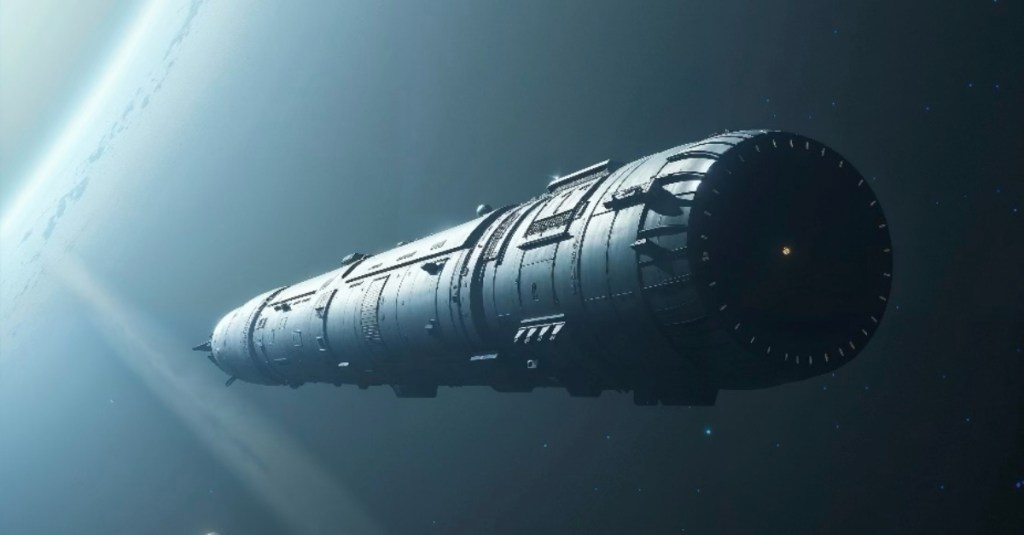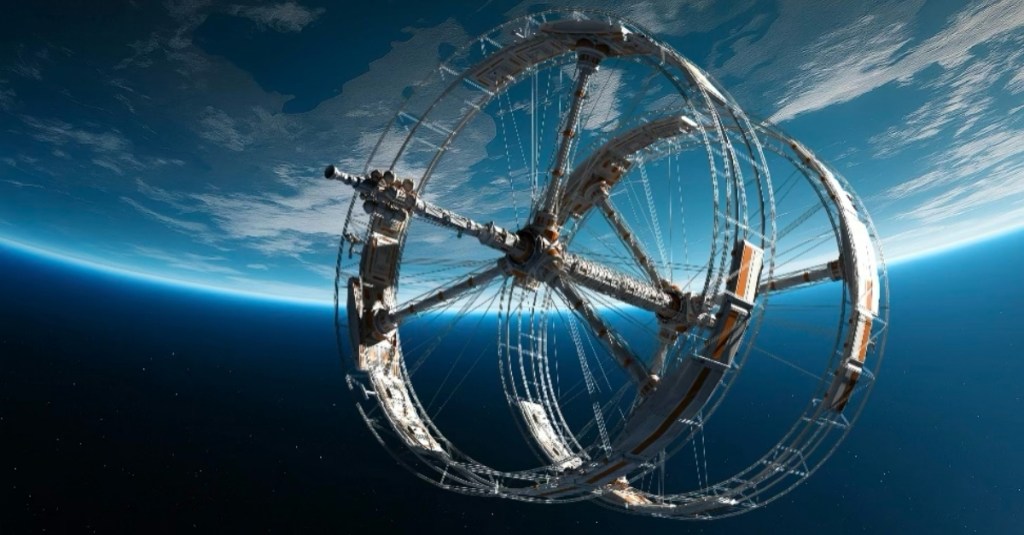If humans ever try to leave the Solar System, it won’t be in a sleek, window-lined cruiser. It’ll be inside a rotating megastructure with farms, hydroponics, onboard manufacturing, and just enough social stability to survive 400 years without losing it.
That’s what Project Hyperion asked people to design. Organized by the UK-based Initiative for Interstellar Studies, the competition challenged interdisciplinary teams to create generation ships—self-contained spacecraft that could carry humans to nearby star systems across multiple lifetimes.
Hundreds of entries poured in from around the world. The winners, announced in July 2025, weren’t just technically sound. They were fantastical, ambitious, and oddly plausible.
Here’s what made the final cut:

1. Chrysalis (Italy)
This massive 58-kilometer cylindrical ship uses concentric rotating shells to simulate gravity. Each layer is dedicated to a specific purpose: food production, housing, storage, or recreation. The Cosmo Dome at the front gives passengers a view of space from a low-gravity lounge. Powered by Direct Fusion Drive using helium-3 and deuterium, Chrysalis is designed for a 400-year trip to Proxima b.
The judges called it an “innovative and deeply detailed” approach that integrated real-world logistics, like crew training in Antarctic-like conditions and onboard manufacturing for long-term maintenance.

2. WFP Extreme (Poland)
Designed by a team in Krakow, this ship features two enormous counter-rotating rings linked to a central core. Six neighborhoods sit within the rings, connected by pedestrian walkways, running tracks, and elevators. The ship includes spiritual spaces, custom crew clothing, and even a “taxi capsule” for travel between sections.
The design stood out for its focus on social structure—everything from cultural rituals to community conflict resolution.

3. Systema Stellare Proximum (Canada)
Built inside a hollowed-out asteroid, this ship takes cues from jellyfish anatomy to reduce impact stress and protect against radiation. It features rotating habitats, AI navigation, nuclear and ion propulsion, and laser defenses. It even grows algae and fish for food while using robotic drones to patch hull damage.
Judges praised its biomimicry and creative depth, calling it “part engineering, part storytelling.”
If humans ever go interstellar, it won’t just take tech. It’ll take entire societies reimagined for deep space, with room to grow lettuce, raise children, and keep the peace for centuries. These three designs aren’t perfect, but they’re the closest thing we’ve got to a plan.
The post 3 Mind-Melting Spaceship Designs That Could Ship Humans to the Stars appeared first on VICE.




